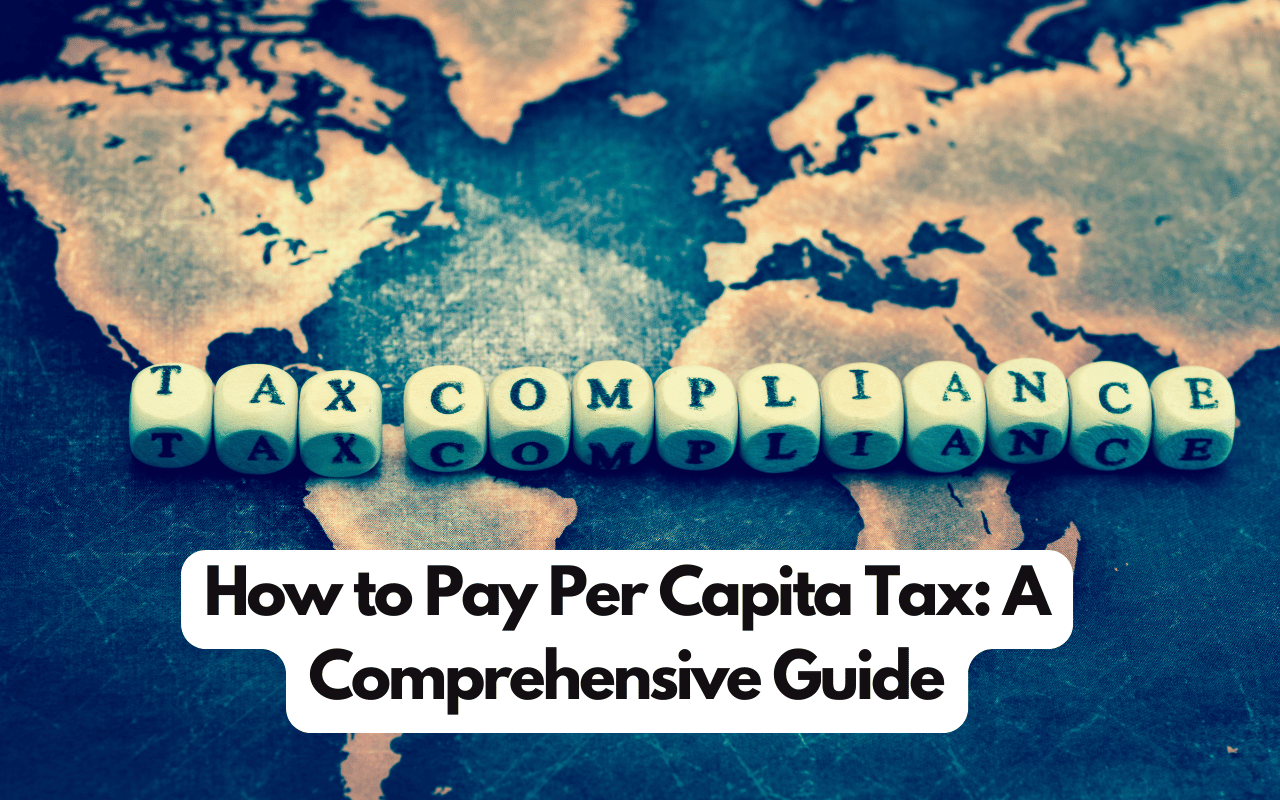How to Pay Estimated Taxes Online: A Step-by-Step Guide

Sending your estimated tax payments has never been more convenient. With Form 1040-ES, you have various options to ensure a hassle-free experience. Opt for the traditional method by mailing your payment, or embrace modernity and make payments online, by phone, or through the user-friendly IRS2Go app on your mobile device. Another seamless alternative is utilizing your online account on IRS.gov, where not only can you submit payments but also gain insights into your payment history and other essential tax records. Navigate to IRS.gov/account for easy access, and explore the plethora of payment options at IRS.gov/payments. For a comprehensive guide, consult Publication 505, your go-to resource for Tax Withholding and Estimated Tax.
- How to Pay Estimated Taxes Online: A Step-by-Step Guide
- Who must pay estimated tax?
- Who does not have to pay estimated tax?
- What is the 90% rule for estimated taxes?
- How to determine if you can reduce or avoid the underpayment penalty?
For an even smoother process, consider the Electronic Federal Tax Payment System (EFTPS), a user-friendly platform catering to both individuals and businesses alike. Whether it’s federal tax deposits (FTDs), installment agreements, or estimated tax payments, EFTPS simplifies the entire payment procedure. Feel free to customize the frequency of your estimated tax payments – weekly, bi-weekly, monthly – as long as the total amount is covered by the quarter’s end. EFTPS provides a transparent payment history, offering a clear overview of the amounts and dates of your estimated tax payments.
In the case of corporations, the Electronic Federal Tax Payment System is the designated method for depositing payments. Dive into the specifics by referring to Publication 542, Corporations, and streamline your corporate tax payment process. Embrace efficiency, choose EFTPS, and stay on top of your tax obligations effortlessly.
Who must pay estimated tax?
Individuals, encompassing sole proprietors, partners, and S corporation shareholders, typically find themselves obligated to make estimated tax payments when they anticipate owing $1,000 or more at the time of filing their return.
In the corporate realm, the norm is for corporations to engage in estimated tax payments if they foresee an impending tax liability of $500 or more upon the filing of their return.
Moreover, if your tax liability in the preceding year exceeded zero, you might find it necessary to fulfill estimated tax obligations for the current year. Delve into the details by consulting the worksheet in Form 1040-ES, Estimated Tax for Individuals, which provides comprehensive information on who falls under the category of those required to make estimated tax payments. Stay informed and ensure compliance with the relevant regulations to navigate the tax landscape effectively.
Who does not have to pay estimated tax?
If you earn salaries and wages, there’s a straightforward method to circumvent the need for estimated tax payments—simply request your employer to withhold a higher amount from your earnings. Accomplishing this requires submitting a new Form W-4 to your employer, where you’ll find a designated line to specify the additional amount you wish to be withheld.
For those receiving regular paychecks, the Tax Withholding Estimator serves as a valuable tool to ensure the accurate withholding of taxes, providing peace of mind regarding your paycheck deductions.
Exemption from paying estimated tax for the current year is granted under the following three conditions:
- You incurred no tax liability in the prior year.
- You maintained U.S. citizenship or residency status throughout the entire year.
- Your preceding tax year spanned a complete 12-month period.
If, in the previous year, your total tax amounted to zero, or you were not required to file an income tax return, you are exempt from estimated tax payments. For a comprehensive guide on calculating your estimated tax, consult Publication 505, Tax Withholding and Estimated Tax. Stay informed and navigate the nuances of tax obligations seamlessly.
What is the 90% rule for estimated taxes?
Navigating the terrain of safe harbor estimated tax involves understanding its three integral components, and we’ll delve into them right here.
In essence, steering clear of an underpayment penalty becomes a tangible reality by adhering to the safe harbor rule for payments, as delineated below. The IRS graciously refrains from imposing an underpayment penalty if you fulfill any of the following conditions:
1. Paying at least 90% of the tax obligation for the ongoing tax year.
2. Discharging 100% of the tax liability from the preceding tax year.
3. Incurring a tax liability of less than $1,000 after accounting for withholdings and credits.
For individuals with higher incomes, there’s a nuanced adjustment to this rule. If your Adjusted Gross Income (AGI) on the previous year’s return surpasses $150,000 (or exceeds $75,000 for those married and filing separately), the obligation shifts to paying the lesser of 90% of the tax depicted on the current year’s return or 110% of the tax indicated on the previous year’s return.
It’s crucial to note that your state may enforce estimated tax payment regulations distinct from federal rules, introducing an additional layer of consideration in navigating your tax responsibilities. Stay informed about your state’s guidelines to ensure comprehensive compliance.
How to determine if you can reduce or avoid the underpayment penalty?
In the event that you find yourself ineligible for the safe harbor instances mentioned earlier, there’s a possibility of incurring a penalty. However, the good news is that strategies exist to mitigate or entirely sidestep the underpayment penalty.
Annualized Income Installment Method
If your income doesn’t flow consistently throughout the year, you have the opportunity to reduce or eliminate the penalty. This provision is particularly relevant for individuals with irregular income patterns, such as those involved in seasonal businesses marked by significant fluctuations in earnings. Instances triggering such fluctuations could include retirement withdrawals, income variations during the year, or the grouping of deductions.
To calculate your underpayment using this approach, you’ll need to complete Form 2210, Schedule AI. This schedule works by annualizing your tax at the conclusion of each payment period, taking into account your income, deductions, and other factors associated with events spanning from the commencement of the tax year to the period’s end.
Penalty Waiver
The IRS offers a waiver for the underpayment penalty under certain circumstances. You may qualify for a waiver if:
- You couldn’t make the payment due to a casualty, disaster, or other extraordinary circumstance that would make imposing the penalty unjust.
- You retired (after reaching age 62) or became disabled in the current or previous tax year, provided that:
- You had a valid reason for not making the payment.
- Your underpayment wasn’t a result of willful neglect.
To request a waiver, complete Part II of Form 2210 and attach the necessary documentation outlined in the Form 2210 instructions. By taking advantage of these provisions, you can navigate the complexities of underpayment penalties and explore avenues to either reduce or entirely eliminate the associated financial burden.






